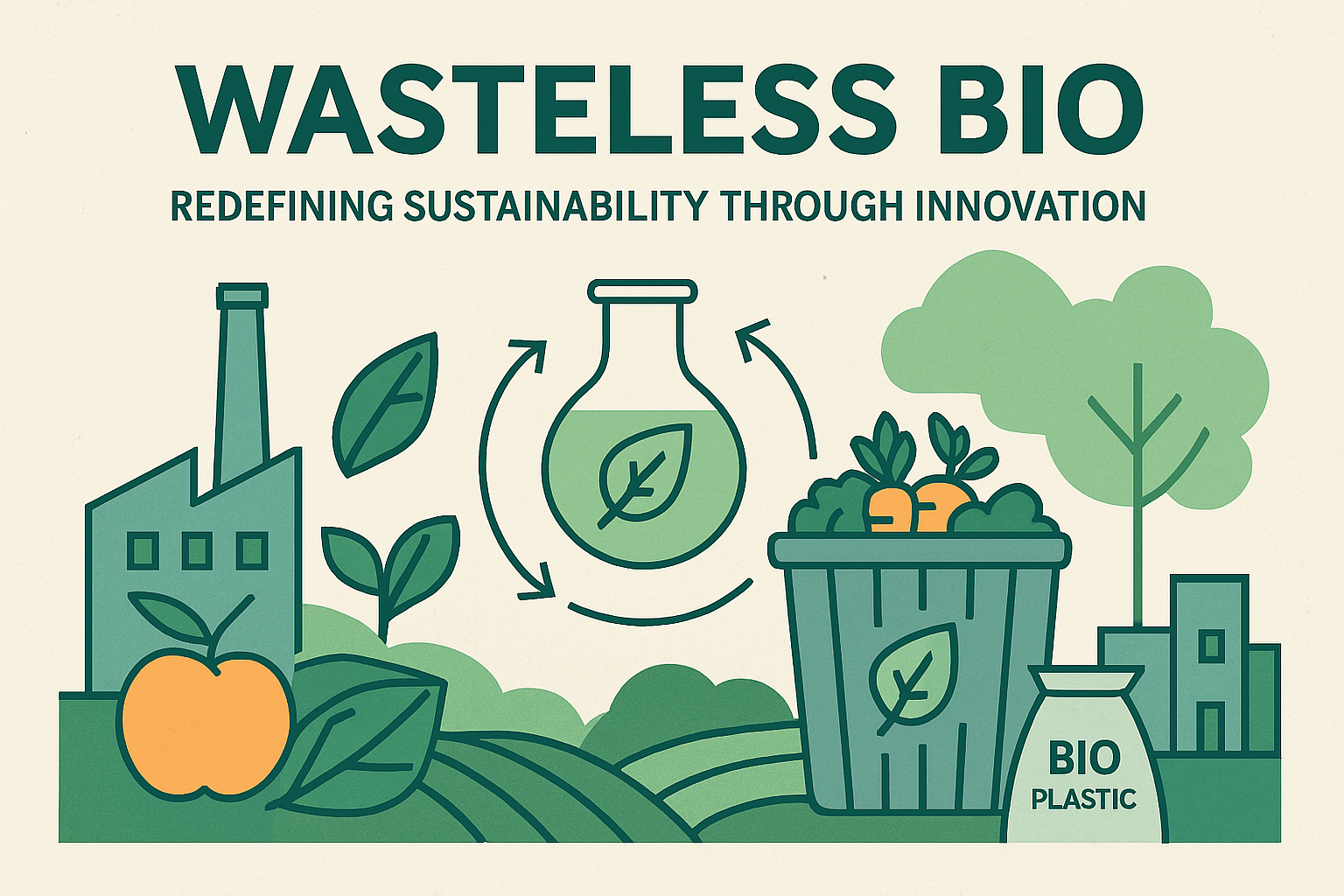Wound healing is a multifaceted biological process orchestrated to restore the integrity of damaged tissue. Chronic, hard-to-heal wounds pose a significant burden on healthcare systems and severely diminish a patient’s quality of life. Traditional wound treatments often have limitations, spurring the search for innovative solutions to accelerate and improve the healing process. Biodegradable polymers such as PLGA (Poly Lactic-co-Glycolic Acid) have emerged as a promising tool for addressing the challenges of wound healing, offering a unique blend of biocompatibility, controlled degradation, and versatility for delivering therapeutic agents.
What is PLGA and Why is it Ideal for Wound Healing?
PLGA is a synthetic copolymer composed of lactic acid and glycolic acid. These naturally occurring monomers impart several desirable characteristics to the polymer:
- Biocompatibility: PLGA is remarkably well-tolerated by the human body. It elicits minimal inflammatory responses and degrades into non-toxic byproducts, ensuring its safe use in wound healing applications.
- Controlled Degradation: The ratio of lactic acid to glycolic acid in PLGA’s composition dictates its degradation rate. By carefully tailoring this ratio, researchers can create materials that degrade in alignment with different stages of wound healing, providing support during the critical phases and ultimately leaving no foreign material behind.
- Versatility: PLGA can be fabricated into a variety of forms, including films, fibers, scaffolds, and nanoparticles. This adaptability allows it to be used in diverse wound healing strategies, from simple dressings to sophisticated tissue engineering constructs.
- Therapeutic Delivery: PLGA is a proven vehicle for the controlled release of drugs and growth factors. It can encapsulate active ingredients, protecting them from degradation and facilitating their sustained delivery at the wound site to boost the healing process.
How PLGA Enhances Wound Healing
PLGA contributes to wound healing through various mechanisms:
- Supporting Structural Integrity: PLGA-based scaffolds and films can act as temporary substitutes for the damaged extracellular matrix (ECM), providing a structural framework for cell migration, proliferation, and tissue re-formation. This support is especially valuable in large or deep wounds where natural ECM restoration is severely compromised.
- Promoting Cell Activity: PLGA can be combined with bioactive molecules and growth factors that stimulate cell behavior. These factors may encourage the migration of fibroblasts for collagen deposition, the formation of new blood vessels (angiogenesis), and the re-establishment of the skin’s outer layer (re-epithelialization).
- Managing Inflammation: Some studies have shown that PLGA and the lactic acid released during its degradation can modulate the inflammatory response at the wound site. This can help prevent excessive inflammation, which can hinder healing, and promote a balanced immune response conducive to tissue regeneration.
- Delivering Targeted Therapeutics: PLGA’s capacity for controlled release of medications makes it ideal for delivering various therapeutic agents directly to the wound bed. These may include antibiotics to combat infection, anti-inflammatory drugs to reduce pain and swelling, or growth factors to accelerate tissue growth.
- Minimizing Scarring: By facilitating organized tissue regeneration and modulating inflammation, PLGA can potentially help minimize scar formation, particularly in large or chronic wounds. This leads to better functional and aesthetic outcomes for patients.
Forms of PLGA in Wound Healing
PLGA polymers versatility is reflected in the variety of forms it can take in wound healing applications:
- Nanoparticles: PLGA nanoparticles loaded with therapeutic agents offer targeted drug delivery to wound sites. Their small size allows for enhanced penetration into tissues and can be designed to release their contents over a prolonged period.
- Hydrogels: PLGA-based hydrogels are injectable and can conform to irregularly shaped wounds. They provide a moist environment conducive to healing and can be loaded with drugs or growth factors for enhanced efficacy.
- Electrospun Fibers: PLGA can be electrospun into nanofibrous mats that mimic the structure of the natural ECM. These scaffolds facilitate cell attachment and tissue growth, offering significant potential for wound healing and skin regeneration.
- Wound Dressings: PLGA films and composites can be used as wound dressings, alone or in combination with other materials. They can be designed to release wound healing agents over time, protect the wound from infection, and maintain optimal moisture levels.
Research and Future Directions
Research into the use of PLGA for wound healing is rapidly expanding, with promising results emerging from both animal studies and clinical trials.











